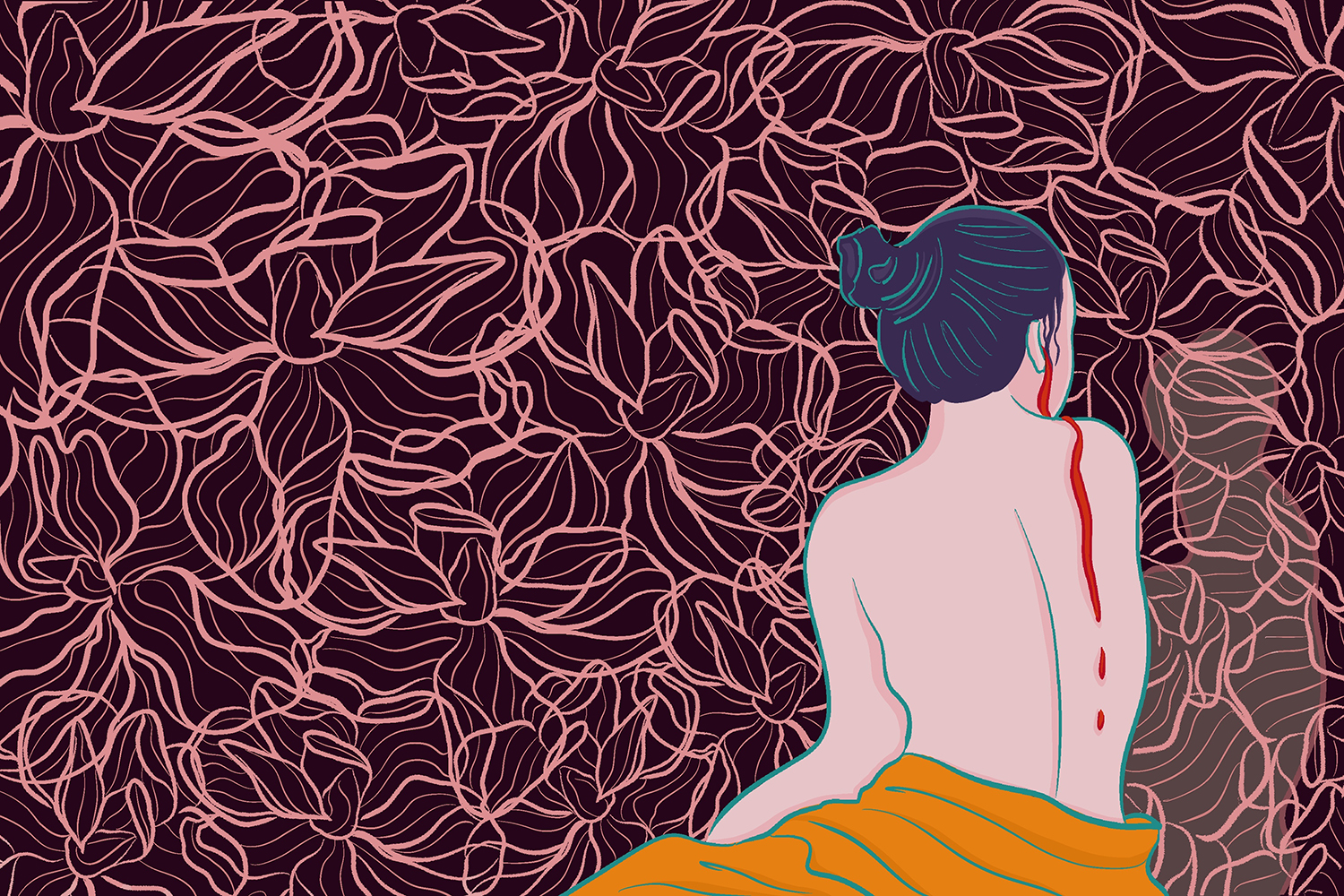“You go to therapy?”
Years ago, that question would have been uttered with incredulity. Going to therapy was far more taboo than it is today, at least for millennials in the West. The normalization of seeking emotional help, however, is now weaving its way through society in general conversation and media alike. The problem now is that popular opinion has swung too far in the opposite direction; the question has now become “You don’t go to therapy?” with the same implied disapproval.
Seeing a therapist is now considered a must. People rave about the wonderful progress and personal betterment made through their sessions, but it goes beyond that. When someone shows hesitance toward seeking therapy, especially talk therapy, they’re inundated with questions about their reluctance. What started as a way to promote wellness has become a weapon to belittle those who don’t follow a certain path. This attitude shift is inherently harmful.
Therapy is a great tool to help people live better and happier lives, but it needs to be approached the right way. Therapy requires both sides to communicate; if one channel is blocked off, there will not be progress. The client needs to be willing to open up to the therapist. In her book “10 Reasons Why Therapy May Not Be Working,” Elvira G. Aletta discusses how counseling can be ineffective when the patient puts up barriers and doesn’t allow the process to do its job, resulting in stagnation. If that is a possibility for those who voluntarily go to therapy, imagine the obstinacy of those who are going only because they feel pressure from their friends or society.
The client is only one part of the equation that can hinder progress, of course; the therapist is equally as important. Sean Grover explores the many facets of therapy’s imperfections in his article “When Therapy Fails.” Licensed professionals are trained in specific areas to provide targeted aid. Seeing a therapist that deals largely with common life stressors, such as jobs or relationships, may not be equipped to handle severe mental health concerns, like depression. Not only would the therapist be an unsuitable match, but the specific type of counseling they employ can also be ineffective.
There is no one-size-fits-all approach. Though the most popular form is talk therapy, the discussion of “normal” life issues, there are a whole host of methods and therapeutic schools of thought. Finding what works takes time and requires freedom to explore and test out new things. Whether or not to see a therapist is not a decision to be made lightly, but it’s treated as such. Hounding from a friend has the effect of a ticking clock: a decision must be made now, a therapist must be booked immediately.
No time to find a therapist that fits your specific needs? Why not just book with the pushy friend’s counselor? There’s a therapist’s office on the drive home from work? Might as well go there instead of one that may be a bit farther and out of the way. Google popped up the name of a mental health professional in the area? Stop the research and go with them. At least you’ll be in therapy and people will finally stop pestering you, right?
Well, that simply doesn’t work.
People need the comfort of taking time to figure out what suits them and their well-being. They also must be allowed to overcome the possible hardships involved in seeking professional help. Those who champion therapy may not understand the barriers that are built sky-high for people who aren’t currently undergoing any kind of counseling.
One of the barriers is finances. Therapists ardently promote a health-trumps-wealth philosophy, which is thoughtful, but not everyone has the privilege of taking on additional costs. Another barrier is lack of time. People already seeing therapists seem to believe that everyone has time for sessions and that counseling will lead to more free time. Of course, therapy can very well lead to better time management and a boost in productivity, but it does not diminish the struggle of those who have yet to experience its transformative power.
These are just the most apparent reasons that people don’t attend counseling. What about the ones that tends to fly under the radar? What about avoidance due to culture? Undergoing therapy is more accepted among a white, Westernized, younger group of people, but large stigmas are still prevalent worldwide, including in nonwhite cultures, regardless of age.
Mariel Buque discusses the stigma of therapy for nonwhites in her article “Is Psychotherapy for People of Color?” Members of marginalized communities are often shamed by their family and friends for seeking counseling in general. They believe it is for the “crazy” or the “weak.” Even if the person’s community supports enrolling in therapy, there is the fear of the therapists themselves. Marginalized communities have been traumatized by past abuses in the health care system. Therapy should be a positive and inclusive experience for all, but not everyone has that image of it.
The ingrained fear of mistreatment can also coincide with the fear of being misunderstood due to cultural differences. Ideally, all therapists should be aware of cultural differences among patients. Therapy is a vulnerable process where a client needs to open up and be honest about their life and experiences. If the therapist isn’t culturally aware, many factors could lead to ineffective and even harmful results: microaggressions could be inferred, cultural divides could cause improper treatment and an inability to relate is always a possibility. Badgering a friend about attending sessions could be an incessant reminder of these fears.
Whether or not to attend therapy should not be a decision made on a whim, affected by popular opinion. It is a deeply personal experience in which people dive into uncomfortable and intimate territories. It should not be thrust upon people. Choosing to participate in or refrain from this tool for self-improvement is up to each individual, and the decision needs to be accepted.
If you want to encourage others to try it, detail your own positive experience with it. Explain the strategies that work in your life. Spark the conversation with “Did you know I go to therapy?” rather than the judgmental-sounding “You don’t go to therapy?” Don’t try to be a savior, though. Ultimately, your encouragement should be about helping them, not about rewarding yourself with another “convert.”
The shift toward embracing therapy should hold true to its core mission: to promote health and wellness so people can have a more positive life experience. It should not be twisted to create new stigmas and shame people for how they choose to live their lives.
















